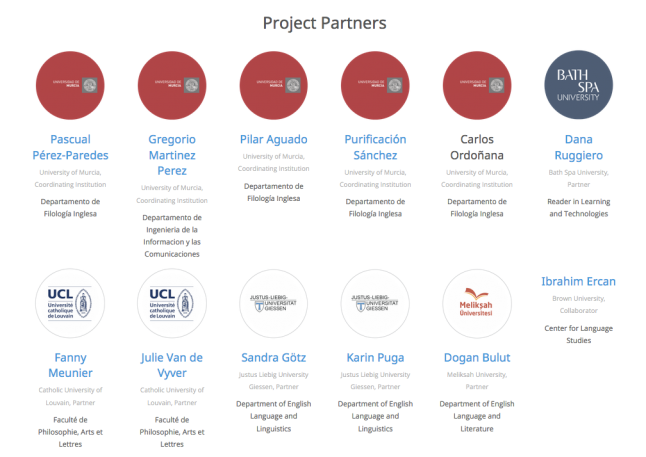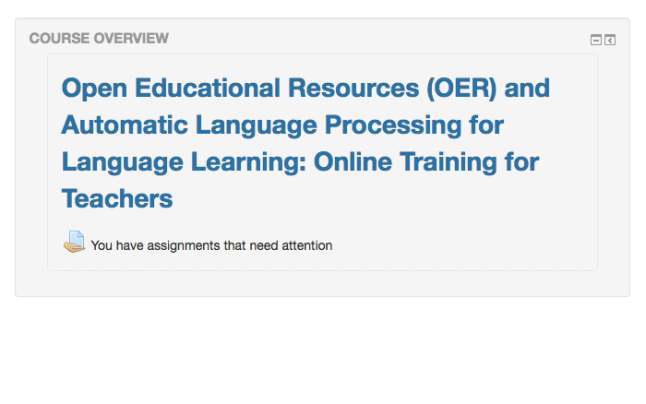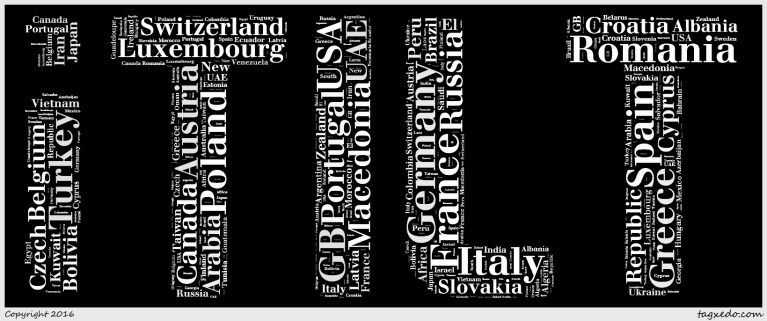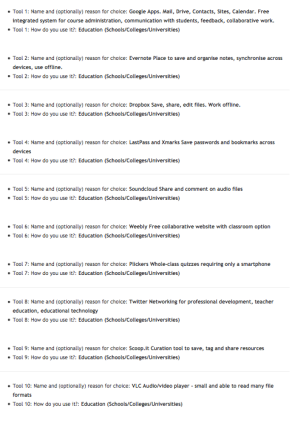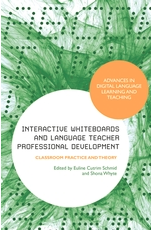Last week I had the privilege of observing an English Medium Instruction (EMI) teacher education course run by the Department of Language and Culture (DLC) as part of the Défi international at Bordeaux University.

Official end-of-course group portrait with instructors and participants
Course overview
The course involved 14 academics from a range of disciplines (e.g., biology, sociology, material science) and 9 instructors (ESP teachers). It was organised over 3 consecutive days (Wednesday to Friday), 2 sessions per half-day (approximately 9-12h, 13-16h), with coffee breaks and lunch together and in English.
The team had the following broad course objectives:
- raise awareness of opportunities and challenges of EMI with respect to individual teachers, specific student populations, particular disciplinary content, pedagogical traditions, and institutional constraints;
- develop fluency, confidence, and motivation in the area of spoken English, and encourage participants to recognise their own strengths in mobilising existing competence for interaction in academic English, as well as offer avenues for future development;
- open debate on pedagogical practice in higher education and promote positive views of innovation and transformation.
Choices of resources and activities are motivated by research in various areas of applied linguistics and educational science:
- Language (English) for Specific Purposes (LSP, ESP), EMI
- Communicative language teaching (CLT) and task-based language teaching (TBLT)
- Phonology and English as a lingua franca (ELF)
- discourse analysis (scientific articles)
- internationalisation and intercultural competence.
The pedagogical format involves the orchestration of numerous activities for pair, group, and whole-class work in planned sequences which are common to each session:
- warm-up activities
- introductory activities
- core activities
- plenary summaries (task outcome), and
- group reflection (meta-analysis).
The 18-hour course was organised in 12 sessions, two per half-day, and tackling four main strands. Components of EMI instruction were addressed in the sessions on academic reading, understanding lectures, and asking/answering questions: three key components of university teaching and learning. Only one course unit directly addressed language skills (two sessions on pronunciation). The flipped classroom and student outcome sessions, in contrast, focused on pedagogical issues from teacher and learner perspectives respectively. The final teaching task involved microteaching, which participants prepared over two preceding sessions. The last session was the only one where they took the role of teacher.
This course on English Medium Instruction for higher education instructors in international programmes is built on a strong local tradition of LSP teaching and research at Bordeaux, and it has already attracted well-deserved attention at national and European level. For me, its key strengths are these:
1. Course design
The course is well-designed at macro, meso, and micro levels. The overall objectives are clear and appear to be achieved (to varying degrees) for all participants. Each session is appropriate for course goals and well-constructed, generally using a common template which helps participants understand and anticipate goals and requirements and so benefit fully from each, but also incorporating enough variety to reduce the risk of fatigue and disengagement. Particular activities are also well-crafted to allow opportunities for interaction, reflection, and more extended presentations in a range of class situations (pair and group work; whole-class work as student or as teacher).
2. Course materials
The propositional content of most teaching and learning materials (such as video of an academic lecture and a sample academic publication) were oriented to relevant specific purpose contexts (often hard sciences) or LSP/EMI pedagogy. This helped with face validity for participants, allowing many to make links with their own practice, but also experience comprehension difficulties with unfamiliar topics, as of course their students are likely to do.
3. L2 immersion environment
English was used almost exclusively by both instructors and participants. This was achieved by
- using contiguous rooms for teaching and breaks,
- a low participant to teacher ratio,
- a very experienced instructional team, and
- (one imagines) careful pre-sessional preparation.
4. Course delivery
It is a very well-oiled machine – the instructors appear to enjoy the sessions, collaborate and communicative effectively with one another, and share a common vision of course objectives and means to attain them. The atmosphere is unfailingly good humoured and relaxed, with a good balance between a) structured activities with substantive input and clear objectives, on one hand, and b) time and space for participants to express their own views, reflect on task content and pedagogical issues, and also focus on their English (personal and disciplinary) needs on the other.
5. Orchestration of group work
The instructors are particularly skilled in launching and facilitating group activities, both in practical terms, and with respect to interpersonal factors. All were adept at
- organising participants efficiently into teams, mixing and matching according to language level, disciplinary background, and even temperament;
- providing clear instructions and effective input, creating a relaxed atmosphere conducive to risk-taking and creative thinking, and
- avoiding or defusing incipient interpersonal conflict or emotional difficulties, and generally reducing stress for all participants.
At a time when pedagogical innovation often involves blended learning and heavy use of classroom technology, the low-tech approach involving coloured cards, paper slips, and A3 grids used by the instructional team seems particularly attractive. It certainly proved effective in maintaining attention levels, and an L2 immersion environment, even among participants who were professional colleagues with low English proficiency and presumably well-established L1 interactional habits.
6. Time for reflection and meta-analysis
These periods seemed especially valuable for encouraging participants to make the most of the opportunities for exchanging ideas and developing particularly oral/aural skills. Debriefing sessions where participants seemed unforthcoming were counter-balanced by insightful reflections in other sessions, suggesting that frequent encouragement to analyse and reflect on pedagogical issues created a “slow-burn” effect which is perhaps conducive to deeper learning.
I had some questions regarding various aspects of the course, including the team’s treatment of these dimensions.
- language proficiency (little or no explicit language teaching)
- applied linguistics theory (some discourse analysis, phonology terms)
- the pedagogical model used (task-based, but not completely)
- language feedback (little or none)
- participant agency (participants were generally students, and offered few options)
- overall course structure (content and order of course components).
I have to say, however, that this is one of the best EMI teacher education courses I have seen in French higher education. I’m encouraging the team to share their practice as widely as possible and to consider how it can be maintained and perhaps extended, given the current emphasis on internationalisation in our universities.
Indeed, the course seems particularly well-designed for its target audience and also very well implemented in all aspects. It covers an ambitious and wide-ranging programme in only 18 hours, and succeeds in establishing a highly effective and supportive immersion context for colleagues in a variety of disciplines and with a range of English proficiency profiles. Its particular strengths include active learning, language practice, and pedagogical reflection, which expose participants to many different examples of teaching practice and interactional styles and allow the team to address a number of issues, often in the course of a single session. The team is to be congratulated on the high quality of activity design, materials development, pedagogical collaboration, as well as on the sheer teaching craft and flexibility which are necessary to produce such a polished teacher education experience for all participants.
References
Some references that came up in discussion with the team.
Research
Birch-Bécaas, S., & Hoskins, L. (2017). Designing and implementing ESP courses in French higher education: a case study. In Sarré, C., & Whyte, S. (Eds). New developments in ESP teaching and learning research, Research-publishing.net
Erlam, R. (2015). ‘I’m still not sure what a task is’: Teachers designing language tasks. Language Teaching Research.
Erlam, R. (2013). Listing and comparing tasks in the language classroom: Examples of Willis and Willis’s (2007) taxonomy in practice. The New Zealand Language Teacher, 39,7-14.
Jenkins, Jennifer (2000) The Phonology of English as an International Language. Oxford: Oxford University Press.
Jenkins, Jennifer (2002) A sociolinguistically based, empirically researched pronunciation syllabus for EIL. Applied Linguistics 23/1, 83-103.
Lightbown, P. M. (2003). SLA research in the classroom/SLA research for the classroom. Language Learning Journal, 28(1), 4-13.
Textbooks
Hancock, M. (1995). Pronunciation games. Cambridge: Cambridge University Press.
Web links
ELF pronunciation: https://elfpron.wordpress.com/blog-including-resources
- guest posts on aspects of ELF communication
- lesson plans: nuclear stress; tone units
UEFAP (Andy Gillet) http://www.uefap.net/
- language functions (e.g., Spoken English functions)
- language features (e.g., Hedging in Academic Writing)
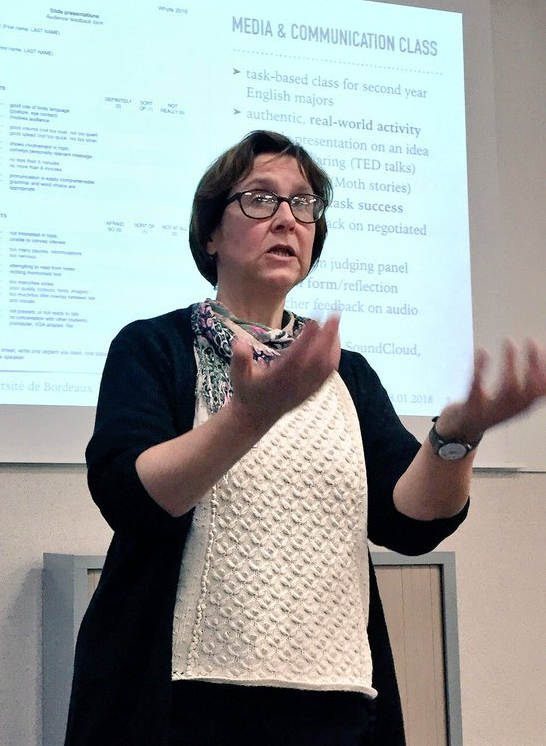
And a seriously unflattering shot of me in seminar mode (see my talk)




















